Campus building boom's ripple effect
The outside framework of the new Hayward Field track and field venue continues to take shape on the University of Oregon campus. [Chris Pietsch/The Register-Guard] - registerguard.com
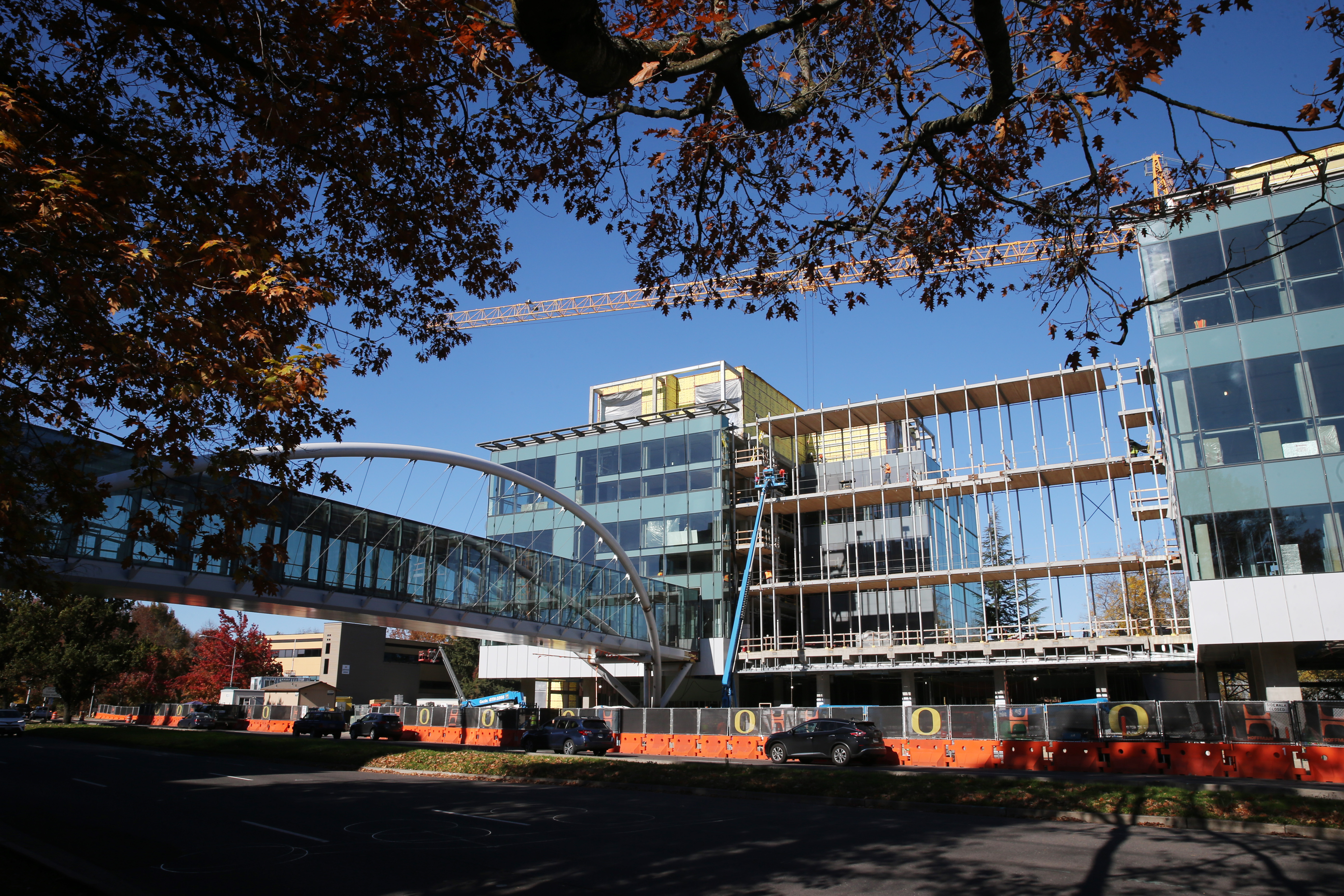
With a $2.3 billion construction boom on campus in the last decade, University of Oregon is building itself up as an international competitor for top-tier athletics and cutting-edge academic research.
Aiming to boost its reputation as a prime destination for prospective students and donors, the university's building surge includes more than 20 new structures and expansions to existing buildings since 2010 — largely funded from private gifts.
Seven major construction projects were finished or scheduled to begin in 2019 alone, not including remodels without expansions or deferred maintenance across campus. All but two of those construction projects were for entirely new buildings.
These projects have the potential to boost Eugene's overall economy for years to come with events and draw national attention in a time when universities across the country are experiencing a downturn in enrollment and vying for more students and faculty.
For example, the World Athletics Championships Oregon21, to be held at the new Hayward Field, is expected to have an economic impact of $52 million.
“What drives us in terms of identifying the projects coming forward are really (President Michael Schill’s) priorities of academic excellence, increasing research and improving the student experience,” said Michael Harwood, associate vice president and university architect for UO.
Whether it be new technology or flexible living spaces, changing campus along with the evolving priorities of each new student generation is essential to keep up. The UO is making these changes in hopes it will draw more students, even when faced with the projection that Oregon's colleges are unlikely to see significant enrollment growth in the next 10 years.
“We’ve got competition for talent,” Harwood said. “What was 50 years ago — all the seats were bolted to the floor and you had one person talking at a chalkboard — is more of an anomaly. New classrooms, new teaching styles mean different size rooms and different kinds of furniture."
Elevating appeal
The projects underway are years in the making, part of the university rolling plan for future building updates.
This year, the UO and its donors invested in the construction and expansions of the Lyllye Reynolds-Parker Black Cultural Center, Hayward Field, Justice Robert Sharp Bean Hall, the Health and Counseling Center, Hamilton Hall, Walton Hall and the Phil & Penny Knight Campus for Accelerating Scientific Impact.
In fall 2010, modern buildings such as the Matthew Knight Arena and the John E. Jaqua Center for Student Athletes, both funded by a $241 million donation from Phil Knight, founder of Nike, were bringing UO into the new decade. As administrators looked to 2020, they contemplated how to teach a new generation of students who had high expectations for technology, were health-conscious and craved “iconic” shared spaces.
This inspired the $98.8 million Erb Memorial Union (the student union) remodel, which opened in fall 2016, and a promise to renovate every residence hall and build out a new recreation center. Administrators wanted all of these campus buildings to have a “wow” factor.
That came across for alumna Mary Thomson, who graduated in 2007 before Matthew Knight was built, but has returned for a master’s degree. She has witnessed UO expand far beyond what she ever expected.
To Thomson, it’s obvious the university's goal is to recruit and be competitive in attracting new students with changes to the student union or new dorms like Global Scholars Hall and Kalapuya Ilihi Hall, which went up in 2012 and 2017 and cost $55 million and $45 million, respectively.
She’s also noticed UO's reach spread into the wider Eugene area, Thompson said.
“It's expanded to outside (campus) and capitalized upon the rental market exploding into Eugene,” Thomson said. “I don't think it's just at the university alone.”
There are several reasons why UO is undergoing so much change.
The new Tykeson Hall — a hub for advising and career planning — is an example of focusing on meeting the modern student’s needs. The $34 million building, opened in September 2019, was donated by Willie and Donald Tykeson to address a need for consolidated career path planning and advising.
Tykeson Hall and other projects also may potentially bring more state dollars to the university.
The $1 billion Knight Campus, which was donated by Phil and Penny Knight, will elevate UO’s status as a destination for bioengineering and sciences. The addition to the campus, means UO could graduate more students pursuing degrees in STEM (science, technology, engineering and mathematics), which receive more funding and support under the state's current funding model.
In fall 2009, the UO had 22,386 students. Since then, enrollment numbers have fluctuated with fall 2017 enrollment at 22,980 students. That rather flat enrollment data seems to be consistent with a Higher Education Coordinating Commission report this year that found across the state, public universities shouldn't expect major enrollment boosts in the next 10 years.
"Our role at the (commission) is to look statewide what the state’s needs are and at the entire infrastructure," said Jim Pinkard, director of postsecondary finance and capital. The report evaluated all instructional spaces on Oregon's campuses (which does not include auxiliary spaces such as dorms or athletic facilities) and found the seven public institutions' enrollment projections to 2029 were much higher than what economic consultants estimated.
Universities have 8.6 million square feet of instructional space across the state, which is a surplus. But many of those spaces are very old and in need of renovation or demolition, depending on the age.
"We’re actually asking the institutions, 'hey what if you just had money to tear a building down and not replace it — would you do that?'" Pinkard said. "We want them to start thinking a little more creatively about that because if in the next 10 to 20 years enrollment doesn’t grow that much, do we really need the (extra space)?"
Demolishing a building is part of its life cycle, Pinkard said, and rebuilds or major renovations are projects schools like Oregon State University and Southern Oregon University are considering.
"Nationally and across the institutions here in Oregon, a lot of these buildings built after WWII are super old now and we have to decide do we tear them down or do we fix them?" Pinkard said.
The decisions about projects at UO aren’t done in a vacuum or “haphazardly,” Harwood said, but the university is bound by the timelines and purposes tied to the building gifts. “That's not to minimize there is discomfort or pain or inconvenience for a large number of folks (due to construction.)”
“But that is, I think, part of what makes us an institution of higher education,” Harwood said, “that we understand that there is a little bit of sacrifice, but then the folks who come behind us really get the benefit … They stand on our shoulders.”
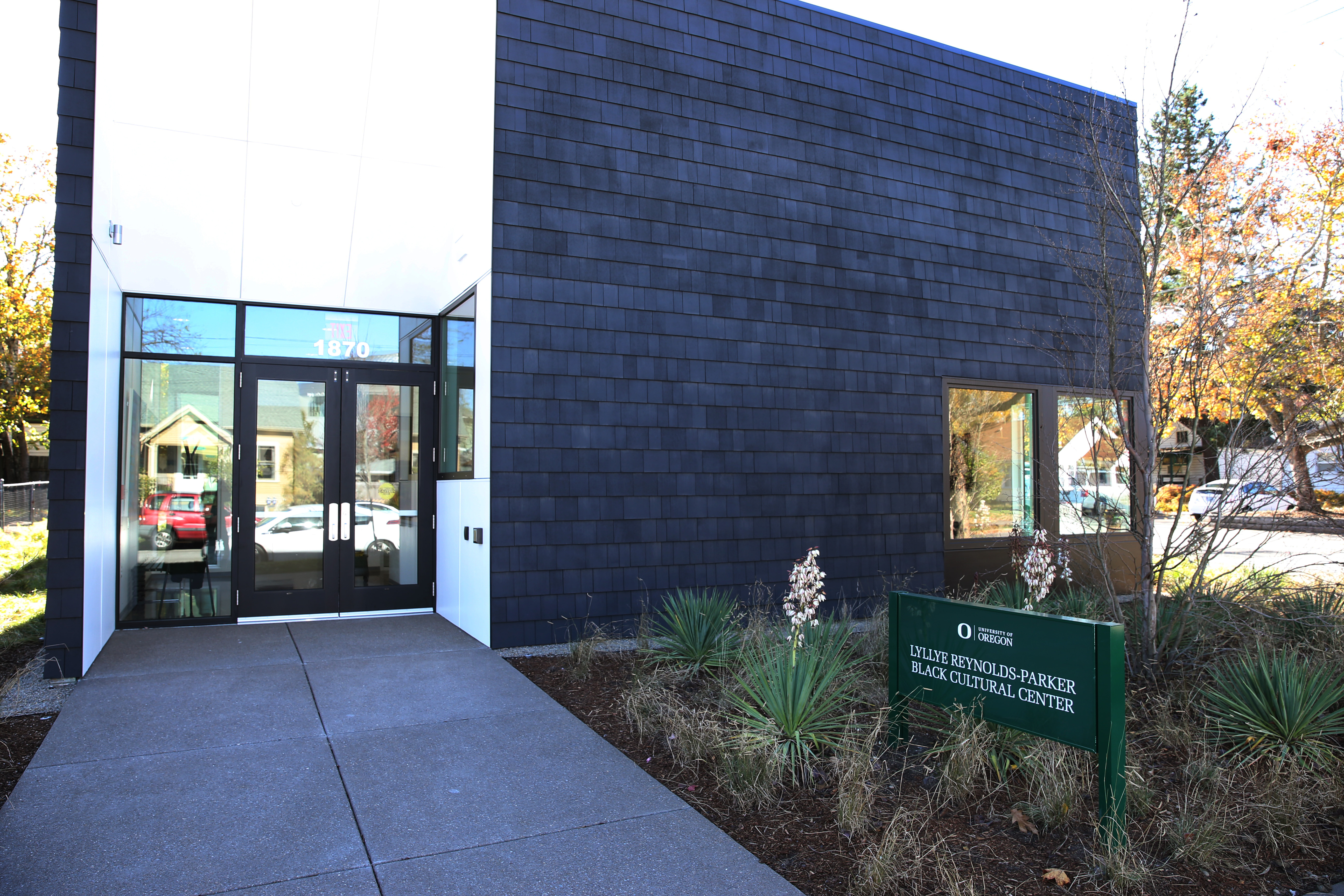
The ripple effect
Joshua Monge, director of economic development for the Eugene Area Chamber of Commerce, described the business community as “curious, with a smirk of anticipation” about how UO will impact the local business community.
“They want to know what’s going to happen,” Monge said about how the projects, such as the new Hayward Field, are expected to bring visitors to the area. While people are excited, he said, there’s uncertainty about what events like Oregon21 will mean for Eugene.
But Monge said other projects such as the Knight Campus provide opportunity for a boom in Eugene’s technology scene and likely will boost business overall with new faculty and research teams that will be coming here.
“The indirect (impact) would be they need a local mechanic to fix their car, or they're going to go out to eat or they're going to go shopping — just normal things that people do,” Monge said. “But then there are the technologies, the spin outs that should be coming out of the (Knight Campus).”
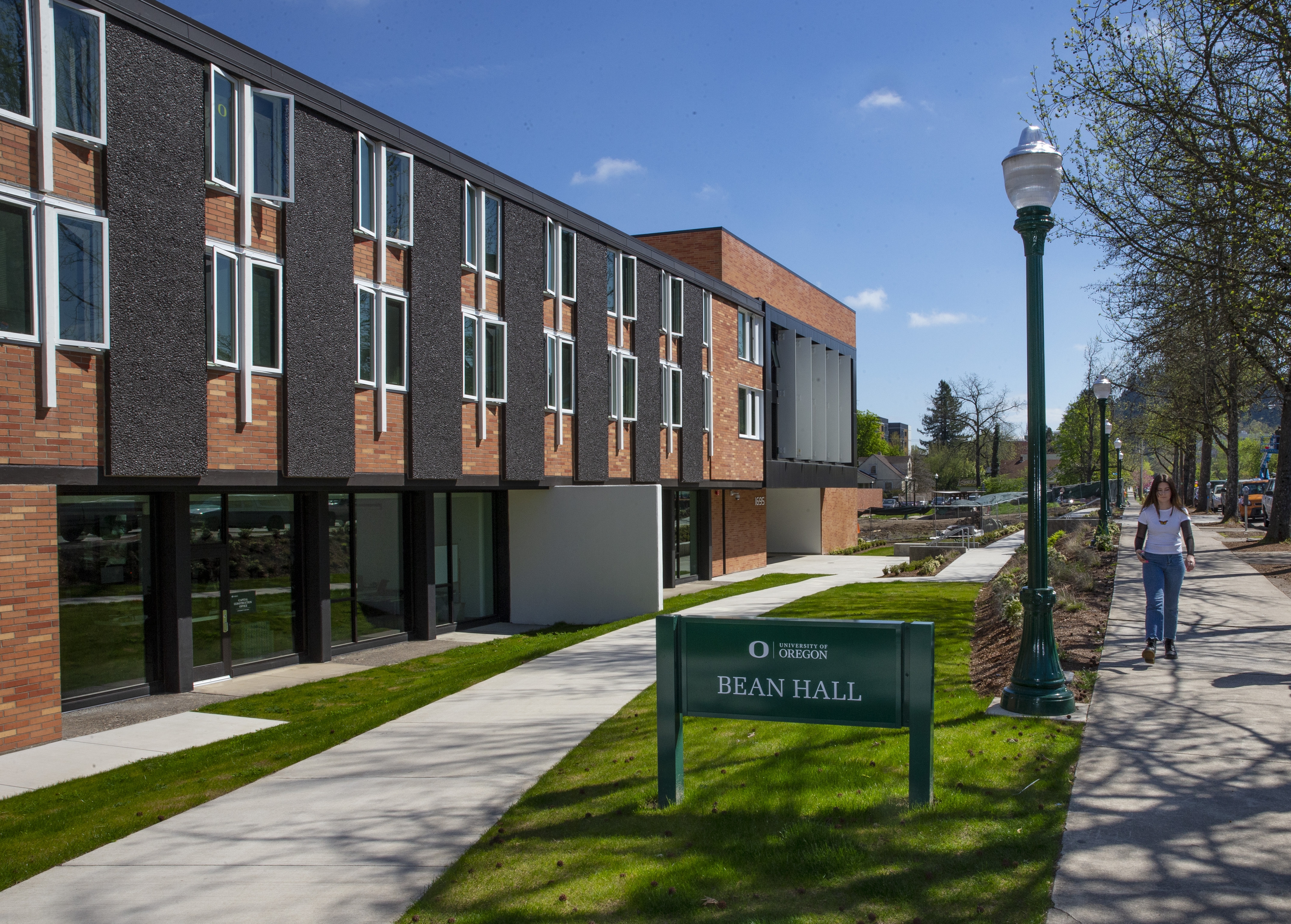
Some small businesses already have seen this boost.
"The construction has definitely helped our business," said Ronda Perkins, owner of Trev's Sports Bar & Grill on Franklin Boulevard. The restaurant opened in 2017 and has seen a clear spike in day-to-day sales this year, as those who work on the Knight Campus site often come in for lunch and happy hour.
"That happy hour just keeps growing and growing," Perkins said. "(The construction) is one of the reasons why I bought this business, is because of what was to come."
Trev’s is a favorite spot to eat for Andy Vobora, Travel Lane County spokesman. He has noticed the packed happy hours, but there have been other notable tourism gaps from UO’s construction.
“We really saw the impact of not having track this past year with Hayward being dark,” he said.
UO did not host any track meets on campus last school year, including the NCAA Track & Field Championship, which will return in 2021 and is expected to have an economic impact of about $6.5 million.
The Olympic Track & Field Trials also typically are held at Hayward and will be again in 2020. The trials have an economic impact of $37 million on the area.
And when the Oregon21 World Athletics Championships come to town, it will have an estimated economic impact of $52 million.
“That’s one (project) we’re eagerly awaiting to see completed,” Vobora said about the Hayward Field.
When the remodeled student union was finished in 2016, it included much-needed conference and meeting space for the area, Vobora said.
“Those are all legacy projects that are going to serve our community for years to come,” Vobora said.
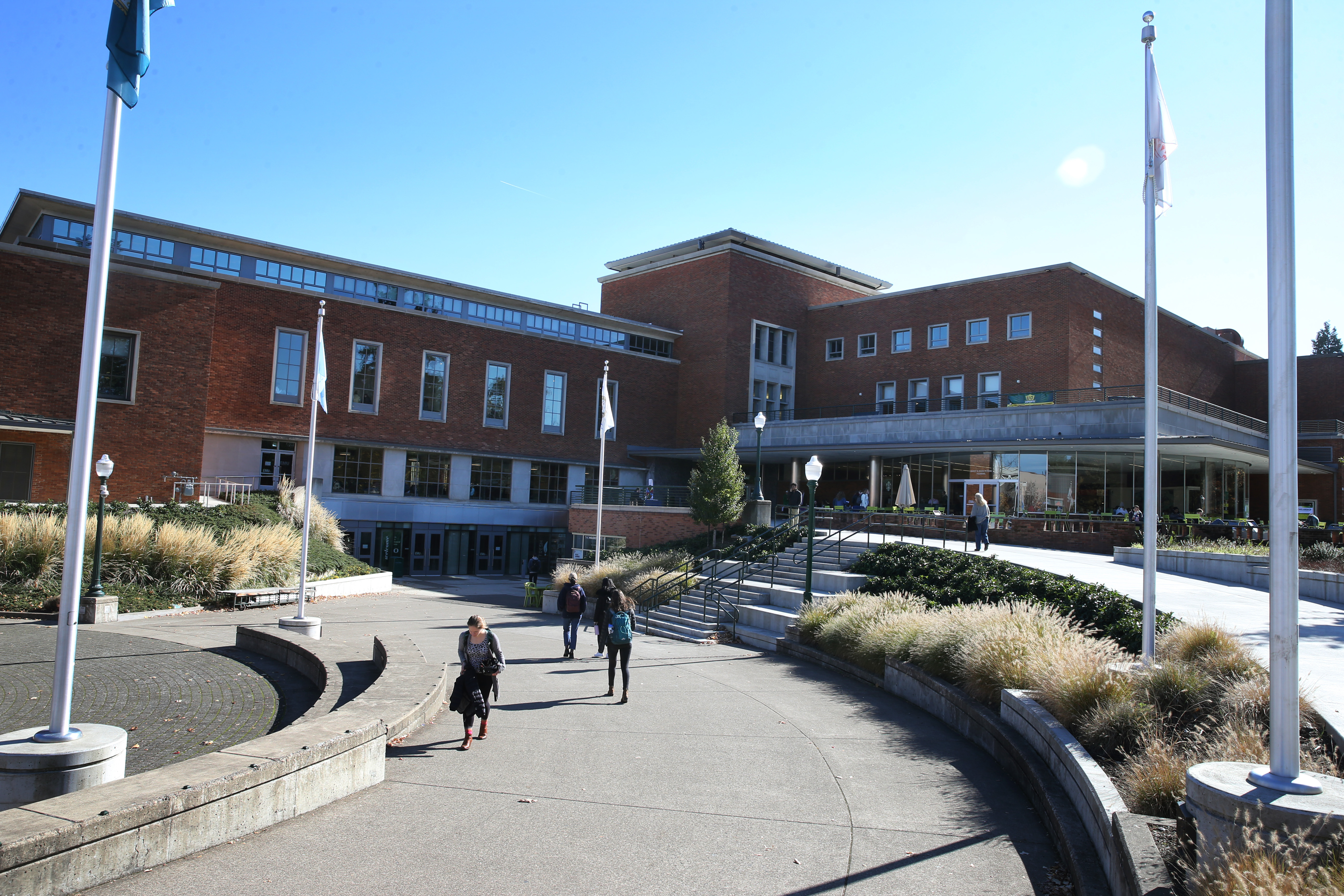
The next 10 years
In UO's most recent forward-looking capital plan updated in December 2018, more major construction projects are planned, along with renovations and necessary maintenance until 2032.
The ongoing Knight Campus project will finish its first phase (or building) next year, but isn't scheduled to complete two other buildings until the end of 2023.
Alongside residence hall rebuilds planned until 2024, the university also is planning privately funded enhancements to Matthew Knight Arena and to move the historic Collier House to a yet-to-be-determined location on campus and put an estimated $56.7 million new classroom and faculty office building in its place. The facility, which wouldn't be completed until nearly 2022, would be financed through bonds and monetary gifts.
An upgrade to the Autzen Stadium sound and video board, maintenance to Klamath, Condon and Friendly halls, and development of the "Romania site," which used to be a car dealership on the east side of the Market of Choice on Franklin Boulevard, also are planned.
The changes to Autzen, Condon, Friendly and the Romania site do not have anticipated budgets yet, but the Klamath Hall maintenance and renovation is budgeted at $97.4 million and would last four to five years starting in 2023.
An addition and renovation of Pacific Hall also is on the list, which would include making the lobby more accessible for people with disabilities, improving technology in the classroom and new seating. The budget for that project is at $6 million, to be paid for through revenue bonds and gift funds.
“You look at the developments that are happening here, and Eugene is the second or third largest city in, in Oregon, depending on what day it is,” Monge said. “We're building out to be able to accommodate those people and those ideas, those projects. So it’s an exciting time."
Follow Jordyn Brown on Twitter @thejordynbrown or email at jbrown@registerguard.com.
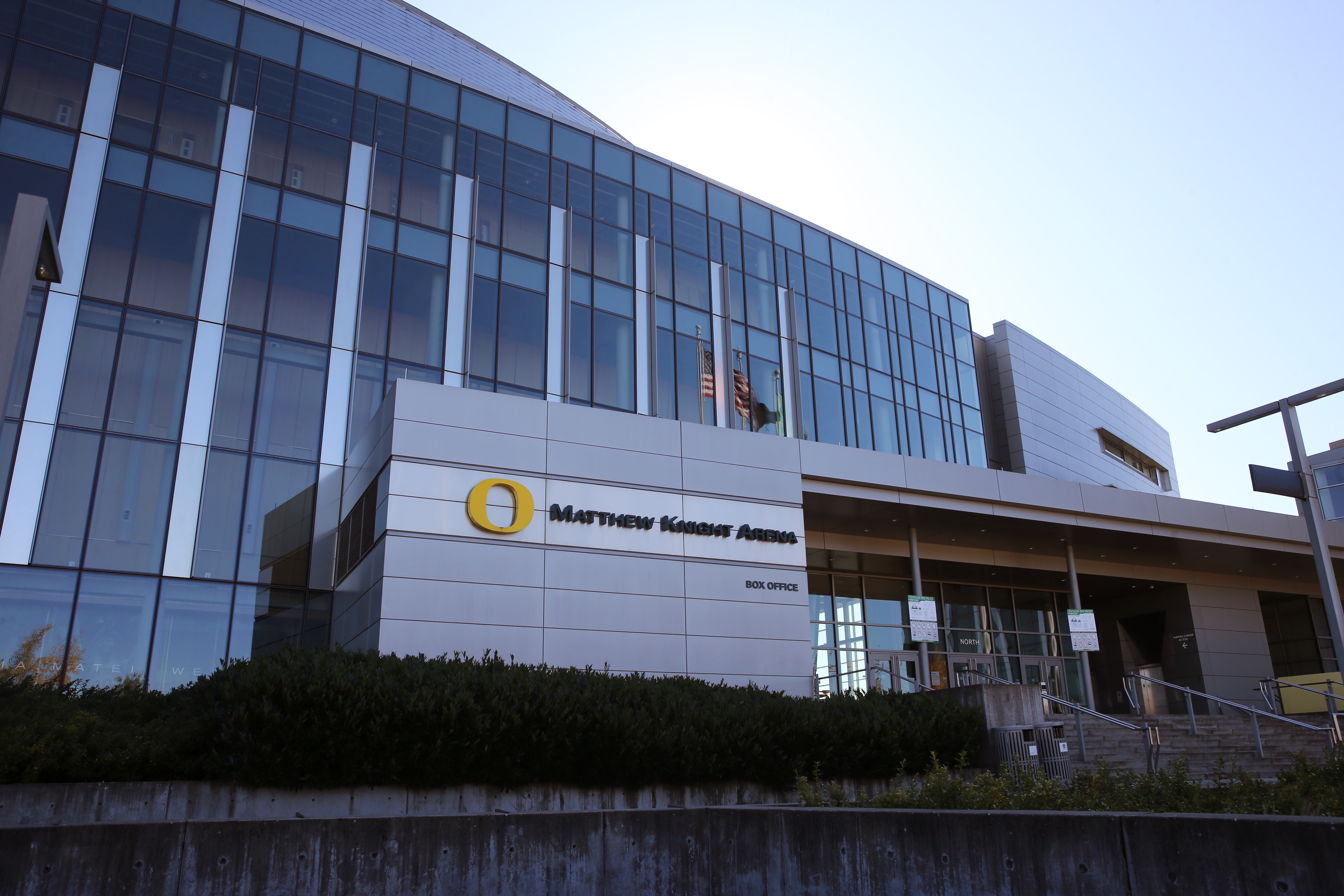
How UO pays for its construction
The past 10 years of construction at the University of Oregon — such as the Knight Campus, Hayward Field and Tykeson Hall — largely have been funded through gift money from private donors such as Phil and Penny Knight, Willie and Donald Tykeson, and Nancy and Dave Petrone.
Because these projects are funded with private gifts, the money is restricted to its donated purpose — meaning, it's not part of the university's general fund.
The other regular source of funding for projects is state bonds.
Only a handful of the construction projects over last decade have been funded with student fees, including renovations to the Student Recreation Center, the Erb Memorial Union and the University Health and Counseling Center.
Students and staff have protested about the university's new buildings in the face of tuition increases and cuts to programs this year due to a budget deficit.
But the majority of these projects, such as the Knight Campus, are not funded with tuition dollars.
“Folks tend to believe that if we were to stop building we'd have more money to keep tuition down," said Michael Harwood, UO associate vice president and university architect. "Those too are challenges in helping people to understand the difference between philanthropy, student tuition, student fees, research dollars, and it gets pretty complicated.”
—Jordyn Brown
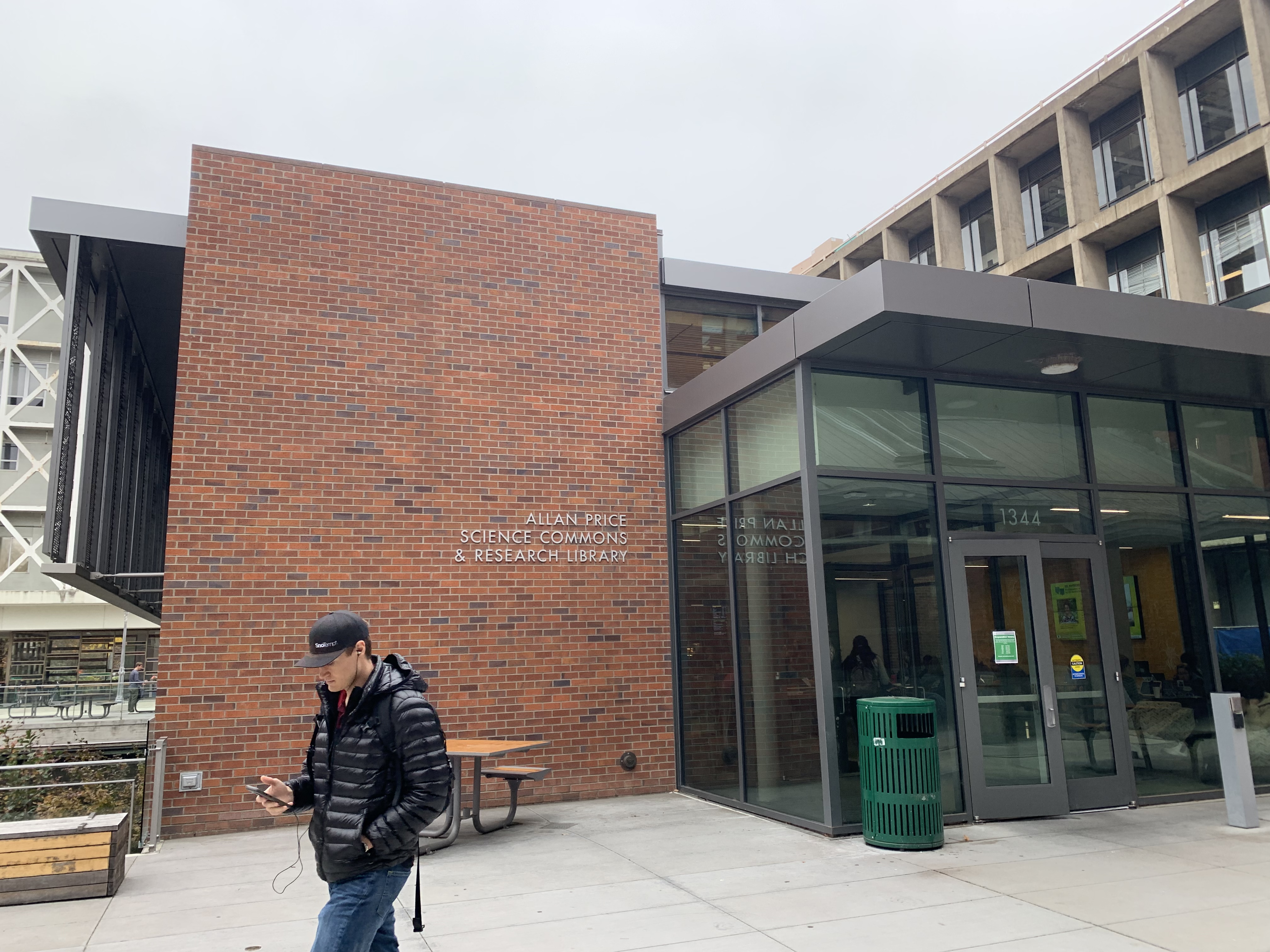
Students past and present on campus changes
Addie Marler, class of 2023, studying psychology
Marler, a freshman, said the construction is an inconvenience for everyday living and walking through campus. Marler lives in Kalapuya Ilihi dorm, which is across from Hayward Field.
“It’s really loud when I go to bed at night,” Marler said. “It feels like (the noise) never stops.”
The construction is “distracting,” she said. One particular loss — a hilly, uneven green space on the east side of campus, known to many as "Humpy Lumpy Lawn" — stung the most. The university says it will put in a new grassy area in the location of the Hamilton Hall.
“It’s a little quirky part of campus and once I found out it was called the Humpy Lumpy Lawn it made me sad they’re going to take it out,” Marler said of the area students use for sunbathing, studying and playing outdoor sports like Frisbee.
Kaleb Featherston, class of 2020, studying sports business
Older students such as Featherston say there isn’t much inconvenience if they live off campus. They also echo some alumni perspectives that the changes will bring prestige to the university.
“Hayward Field, I think it’s going to look really sick, so I’m down with it,” said Featherston, a fifth-year student using slang to describe how cool the new field will be. “The history (of Hayward Field) is kind of gone a little, but it will be cool to see (the new field)," Featherson said. "... Maybe the actual construction itself is loud and noisy and it gets in the way, but it's all for the good in the long run, I'd say.”
Mary Thomson, class of 2007, studied psychology and business administration
Thomson has worked throughout campus and seen it grow since she graduated. The biggest change for her while on campus was the Lillis Business Complex, because structures like Matthew Knight Arena were built after she graduated.
“I'm like, ‘Whoa, I wish that was there when I when I had gone to school there. Why did we get ripped off? That's cool!’” she said. “I loved when I went to school, but seeing all this — I'm jealous."
Grace Stayner, class of 2021, studying art
Stayner reflects the perspective of students at the university who wonder why some student groups or programs seem to get more funding for buildings than others.
“I just wonder about the funds going to particular things,” Stayner said. “I feel like we have a lot of construction for sports buildings and maybe not other buildings that could use the funding.”
Stayner noted Lawrence Hall as a building in need of updates — “half of (Lawrence) isn’t even heated correctly.”
Andrew Greenblatt, class of 2017, studied journalism
Greenblatt, who is working in Eugene after graduating, doesn't often run into construction traffic. He remembers paying student fees while he was in school for buildings he probably wouldn't get to use or that opened at the end of his college career, such as the renovated Erb Memorial Union — but he never took issue with it.
“I get why they do it — it’s paving the way for the future,” Greenblatt said. “For every dollar I spent on these large projects that I never got to fully use or never got to participate in, I would like to think if I sat down and looked at the numbers, people before my time spent just about the same amount in student fees and other costs so that I could have certain buildings that I used in my time.”
—Jordyn Brown